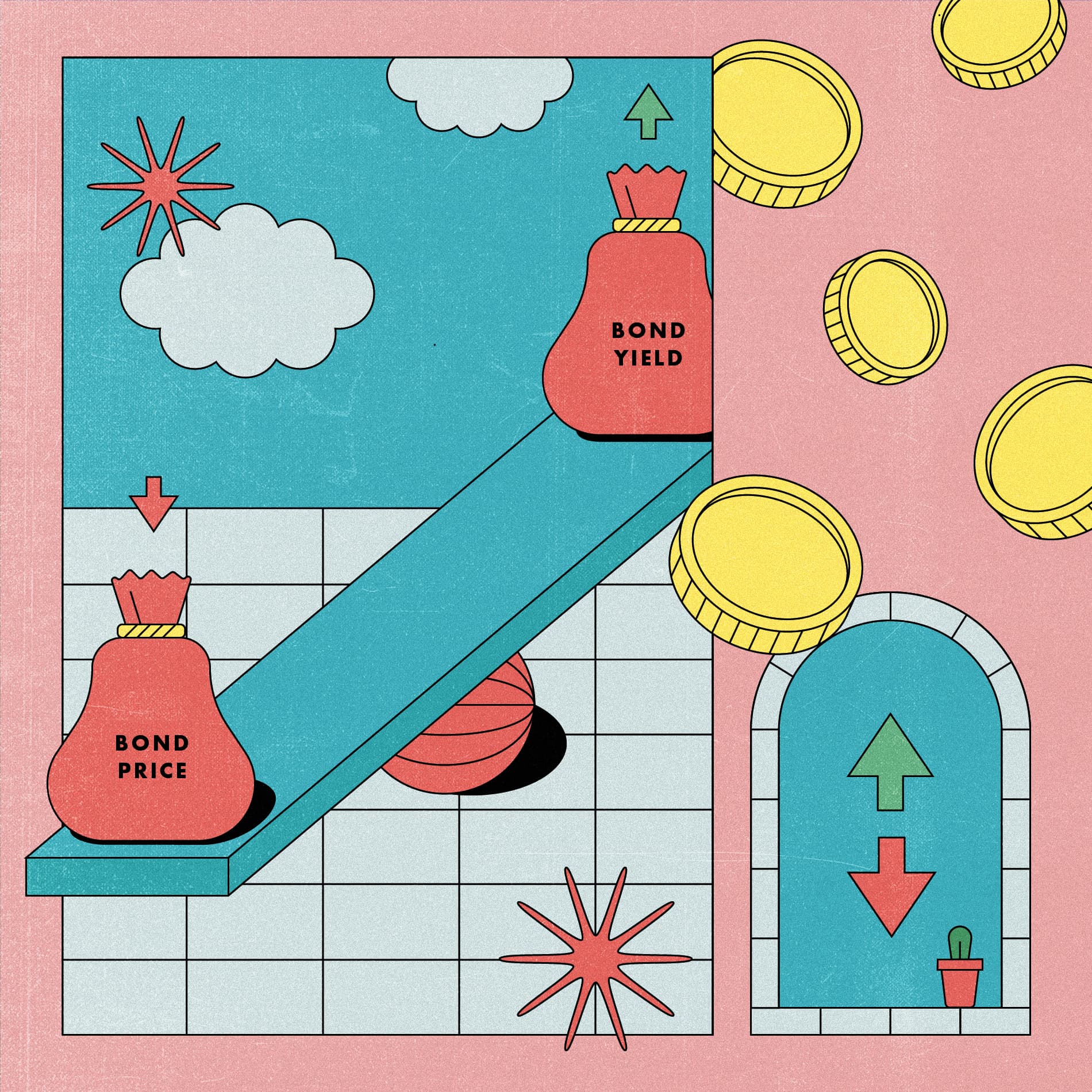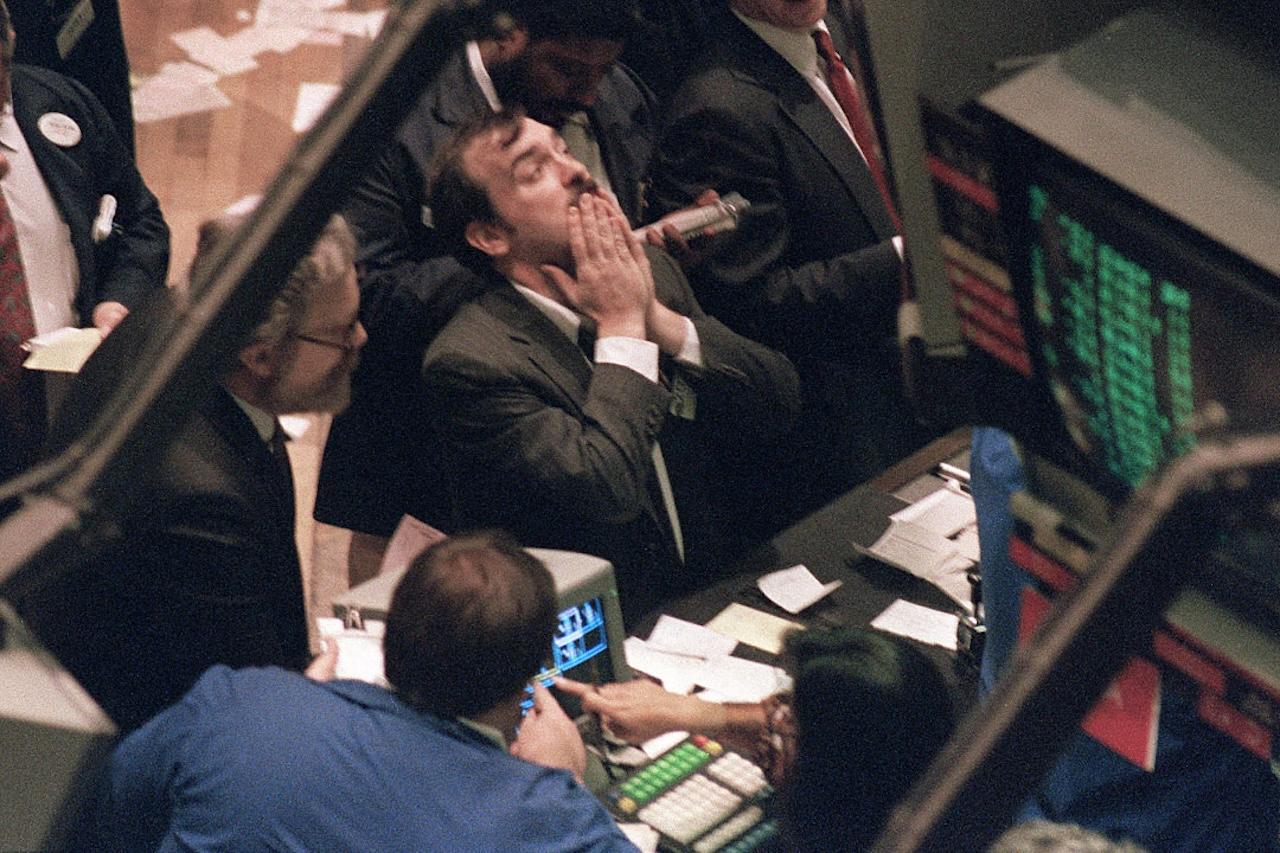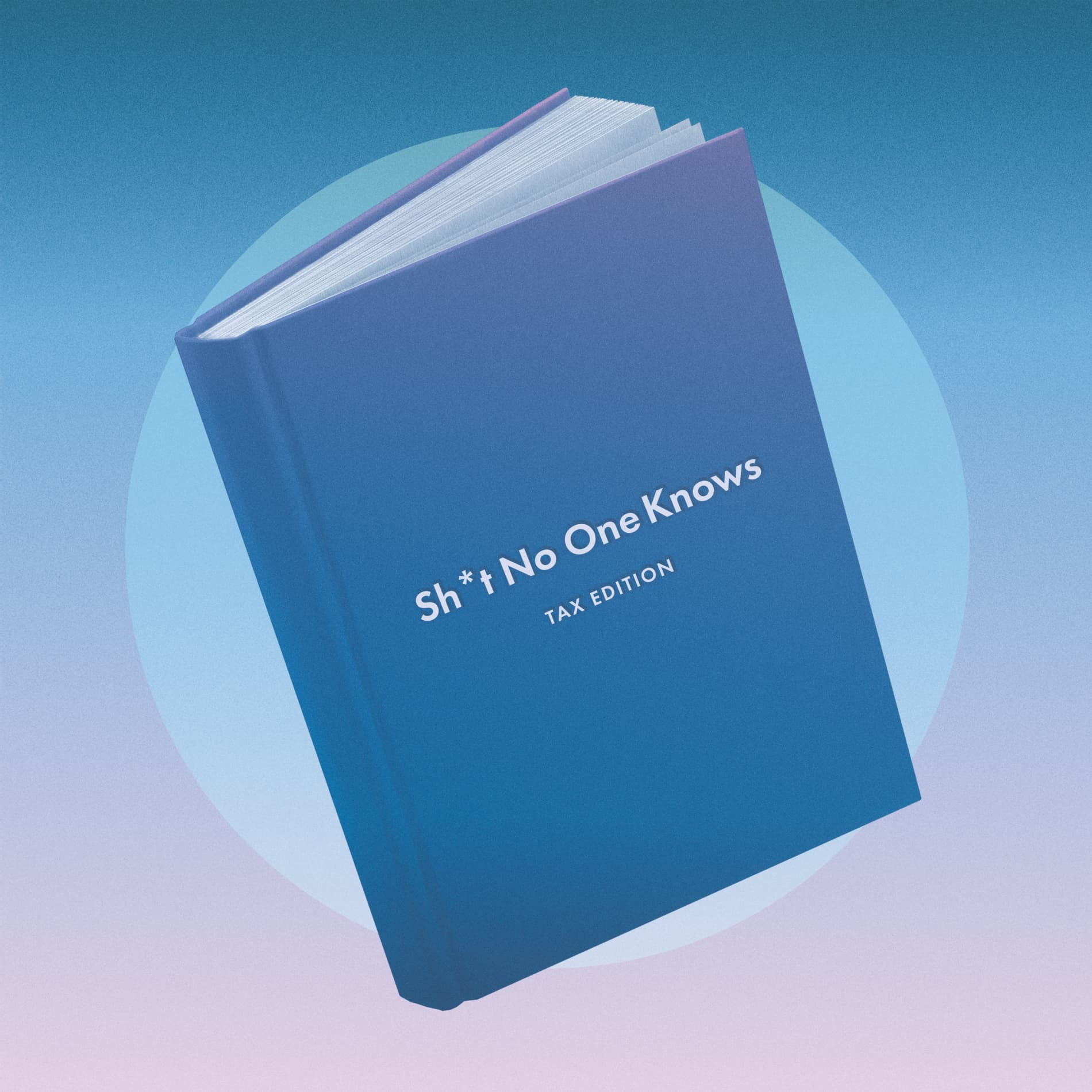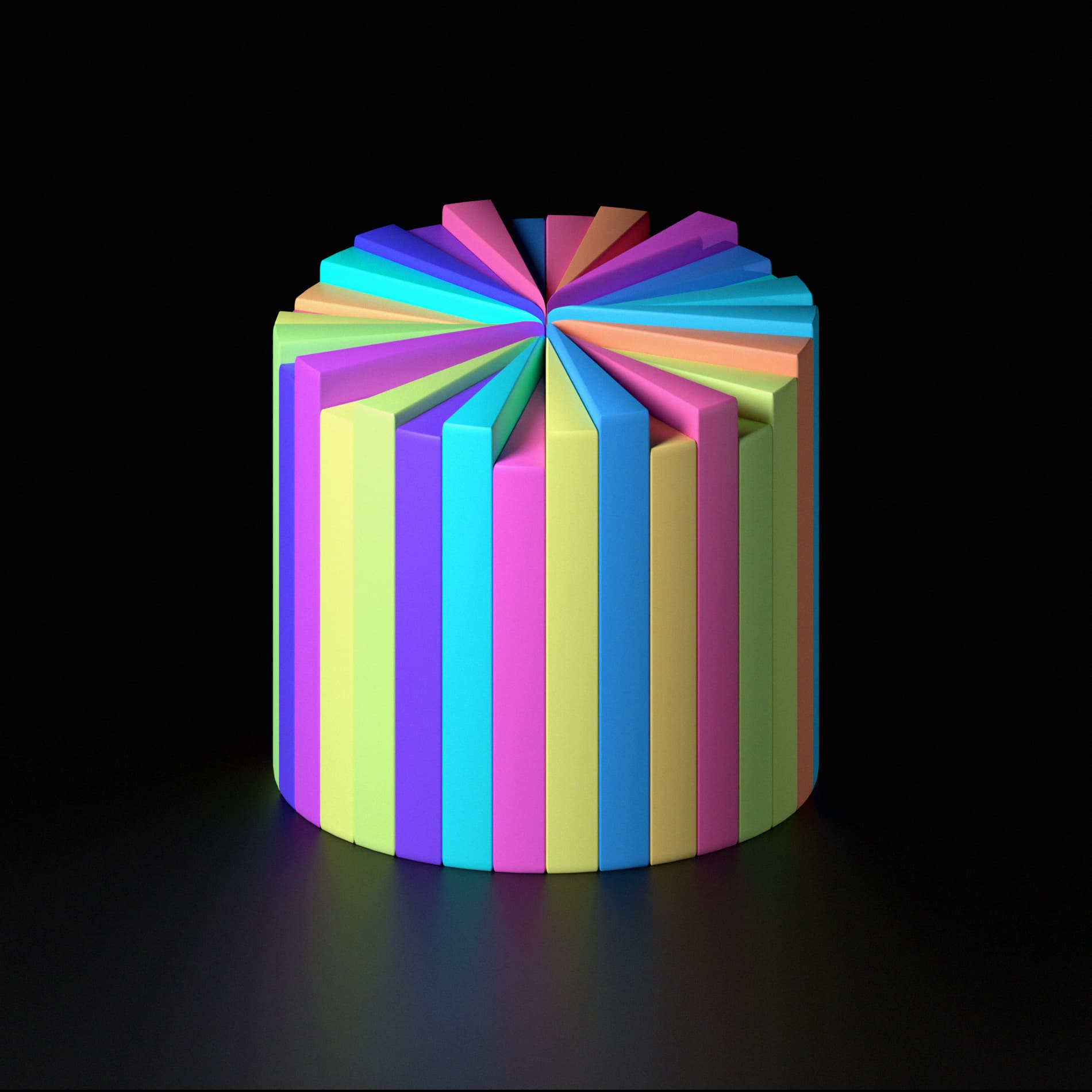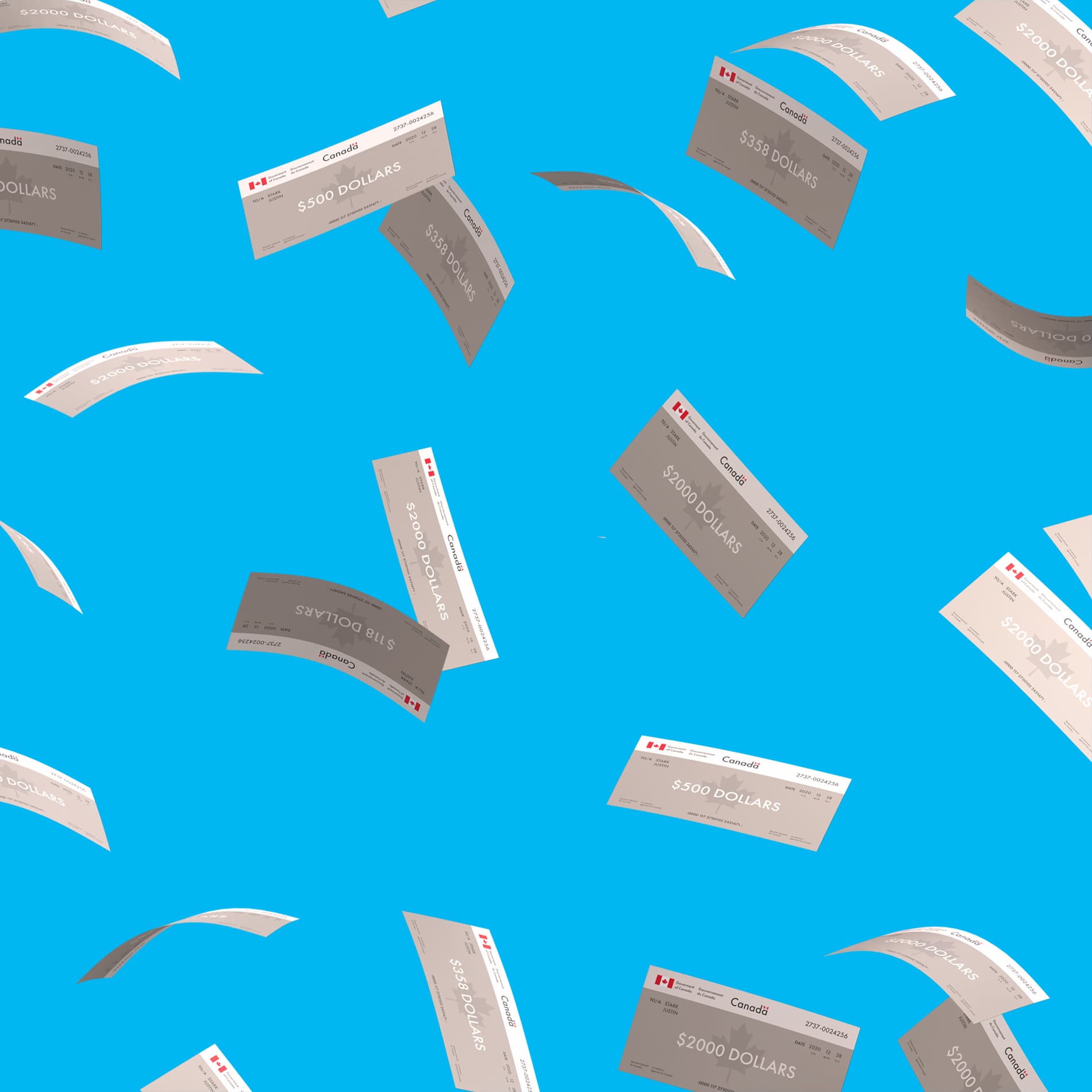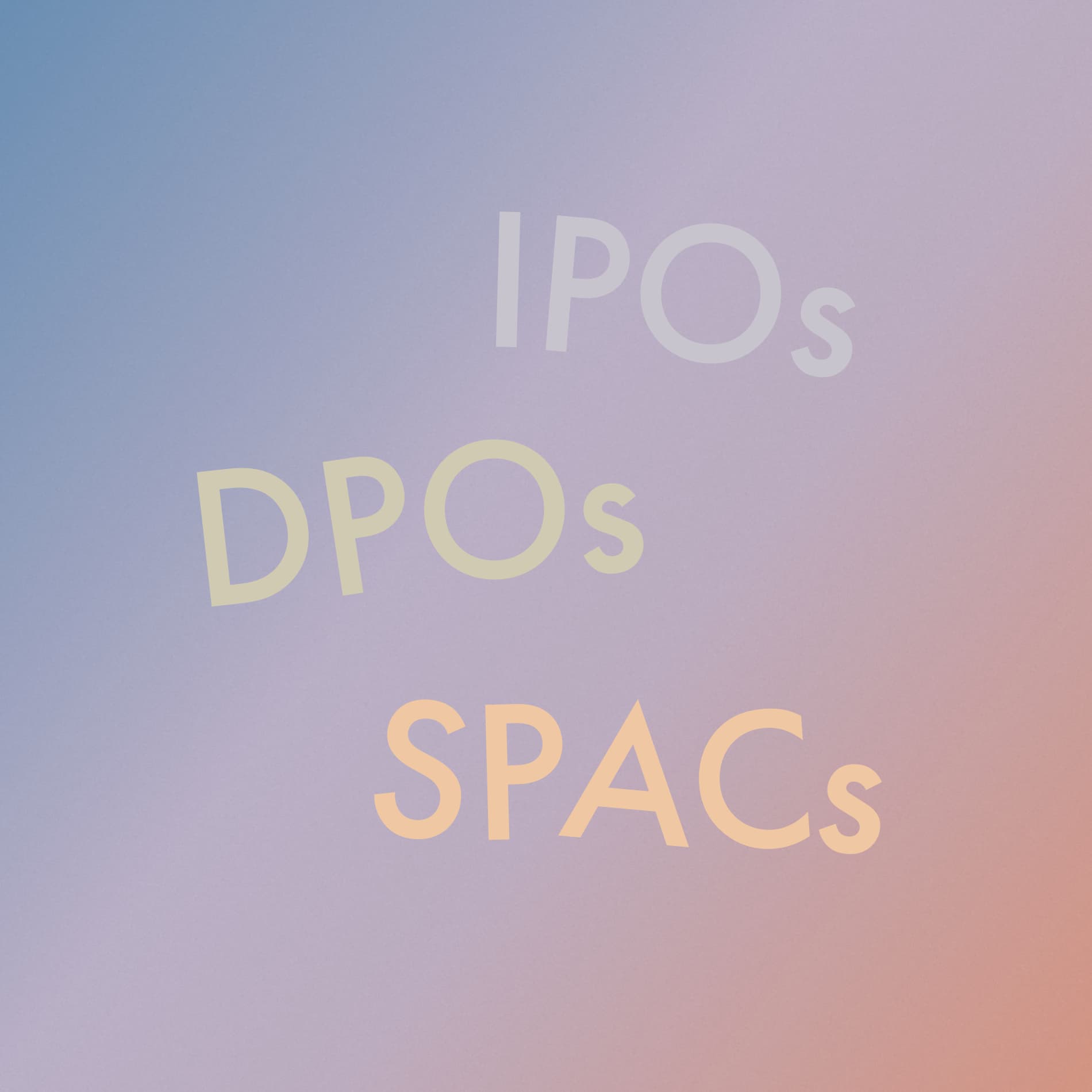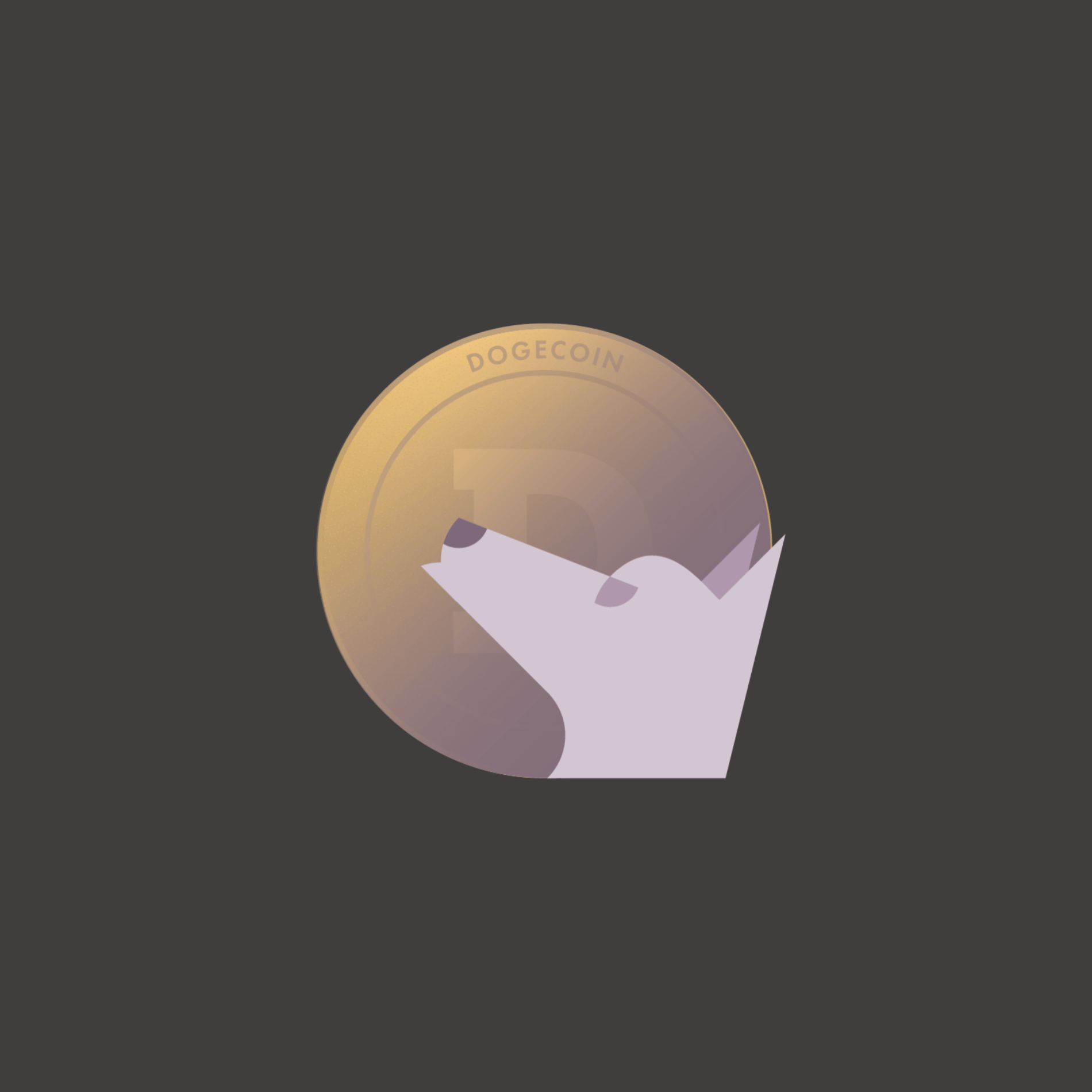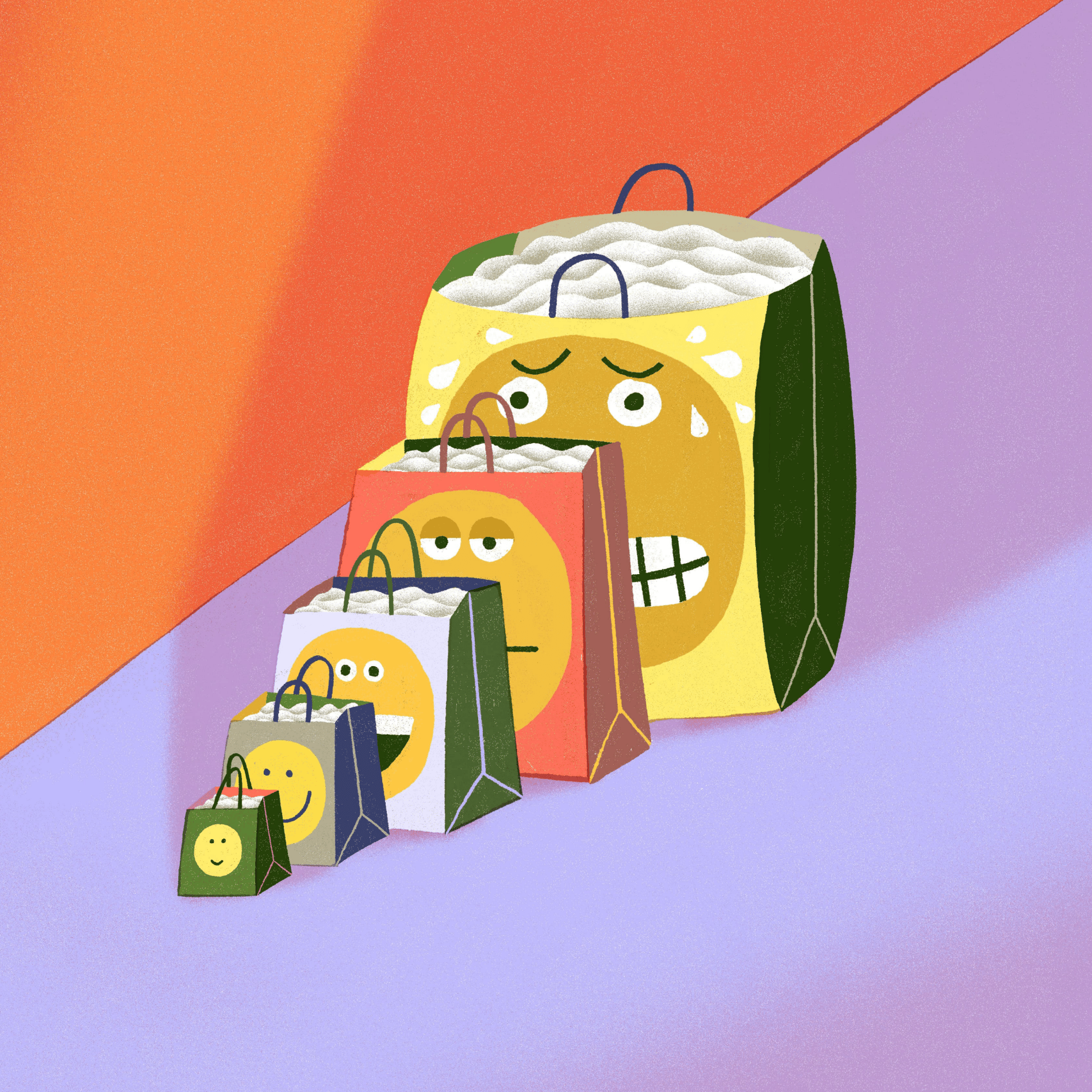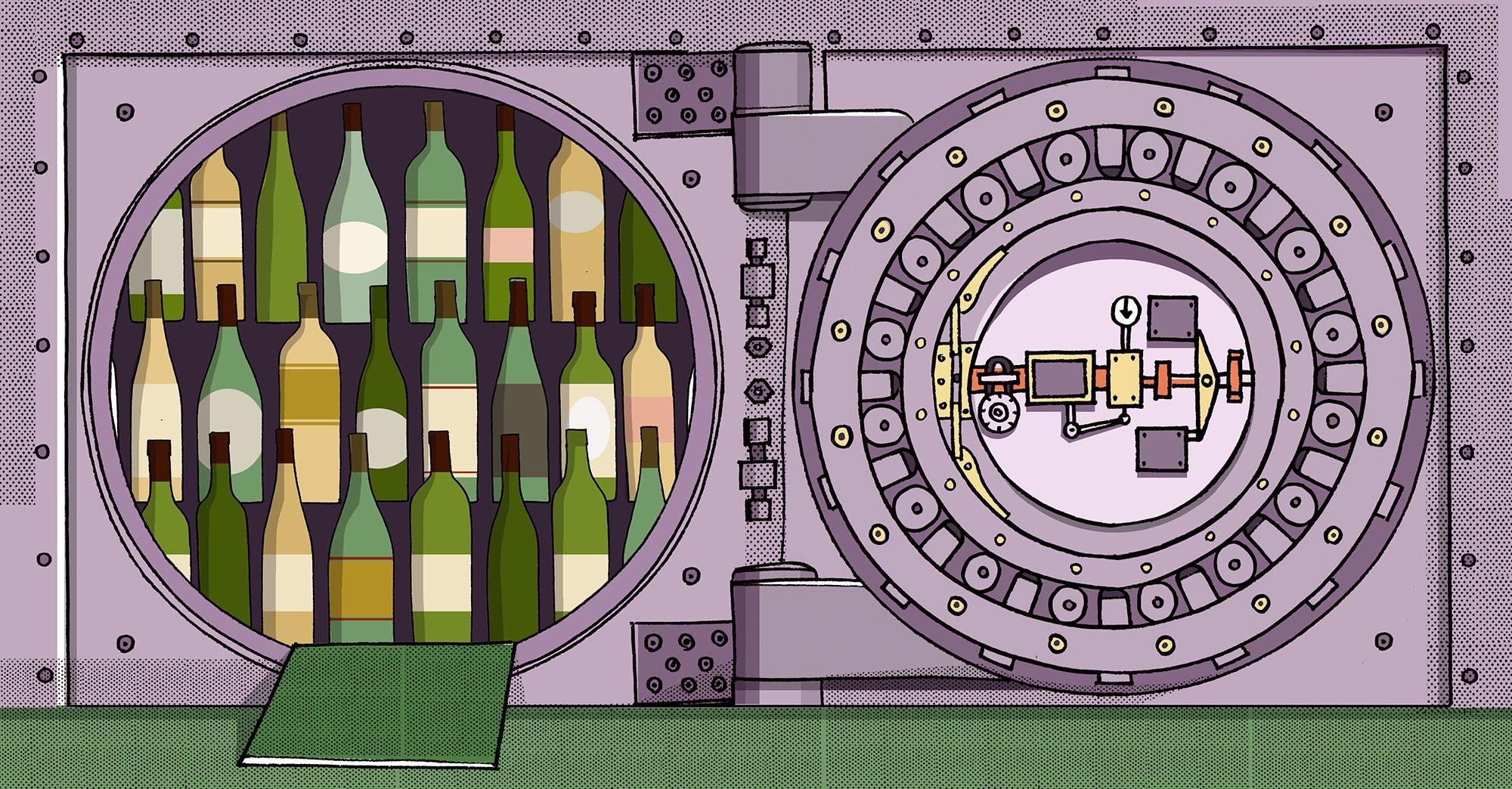
Finance for Humans
How to Start a Wine Bank for $2,500
You can make pretty good money investing in wine. And if you don’t? At least you can drink it.
Wealthsimple makes powerful financial tools to help you grow and manage your money. Learn more
Now, we’re not arguing that you put your RRSP into oaky Chardonnays. (White wines aren’t good investments anyway.) And there are definitely lower-risk, easier ways to invest your money than buying bottles of fermented grape juice. But the London International Vintners Exchange (a.k.a. the Liv-ex) indices have dramatically outperformed the S&P 500 and the FTSE over the last decade and a half. And how often have you enjoyed an ETF with a braised leg of lamb? The main reason to invest in wine is because it’s fun.
And you love wine.
If you do it right, you not only get to collect some great wine to drink, but you also get a knowledge dividend: Collecting is a good way to learn about the stuff.
In order to be better investors, we sought the advice of two very different wine experts: Sam Mudie (a portfolio manager at the wine investment, advisory, and storage firm Cult Wines) gives us the blue-chip money-making wine-investment perspective. And David Lynch (the wine columnist at Bon Appetit and owner of Lynch Wines in San Francisco and the restaurant St. Vincent) gives advice for those of us with a more ‘hey we’ll probably drink this stuff before we sell it, and that’s A-OK’ attitude.
Step One: What’s Investment-Grade Wine?
Investment-grade wine is the stuff that people in the wine business consider collectible. That’s what you buy if you’re hoping to sell your wine at a profit. Wine’s a really tricky investment because, unlike gold or smartphones, it doesn’t really have intrinsic value. Which is why wine investing tends to be extremely conservative: Only certain kinds of wine are considered investment-grade. And by and large that wine must come from the following places: the Rhône and Champagne regions of France; Piedmont, Italy, home to Barolo and Barbaresco; Tuscany, which produces Brunello and Montepulciano; German Riesling; and California Cabernet Sauvignon. There’s also wine from the French regions of Bordeaux (which makes by far the most-common investment-grade wine, nearly 700 million bottles produced per year) and Burgundy.
"This is wine, not securities. If you're buying wine you don't want to drink, you’re doing it all wrong."

Sign up for our weekly non-boring newsletter about money, markets, and more.
By providing your email, you are consenting to receive communications from Wealthsimple Media Inc. Visit our Privacy Policy for more info, or contact us at privacy@wealthsimple.com or 80 Spadina Ave., Toronto, ON.
Also know that the cheap stuff never appreciates. Mudie rarely considers any wine that costs less than about $750 per case (12 75cl bottles) to be of investment grade. "This is roughly the level at which a reasonable rate of return outweighs the potential storage and/or brokerage fees for handling the wine," he says. Lynch, who specializes in Italian wines and spends time in California's Napa Valley, will go a little lower. If the wine is right, he'll buy something in the $300- to $400-per-case range.
Step Two: Educate Yourself
There are some good places to start if you want to know what you’re talking about when you talk about tannins. The Wine Folly is especially good for quick, basic information; Wine-Searcher.com is great for details on specific vintages or vineyards; WineInvestment.com is great for price lists and investment advice. And like all financial markets, you can learn a lot (and waste stupid amounts of time) watching wine trade live on Liv-ex and Cavex, the best online buying and selling sites.
But for now, just know that there are three things that affect the value of a bottle of wine.
Quality. Wine is subjective. Which means that when it comes to what’s valuable, it doesn’t matter what you think; it matters what Robert Parker, Antonio Galloni, and Neal Martin—three of the most important critics—think, along with Wine Spectator. Another way people judge wine is by vintage. Bordeaux from 2004, for example, is more valuable than wine produced in 2003.
Production levels. This is just basic economics. If they make too much of a certain type of wine, it will probably never cost that much. But if there’s too little of it, the secondary market won’t be able to drive up the price because the demand won't exist. Château Duhart-Milon from Bordeaux, for instance, has the perfect balance.
Brand. As with any luxury good, branding and marketing have an impact on the success of an investment. The Bordeaux brands people are most willing to overpay for are Château Lafite Rothschild, Petrus, and Château Le Pin. With Burgundy, Domaine de la Romanée-Conti (DRC) or Henri Jayer command a lot—arguably more than they’re worth.
Step Three: Start Buying
Listen, this is wine. It’s not securities; it’s not even real estate. If you’re a casual buyer and you are buying wine you don’t like and never want to drink, you’re doing it all wrong. So the first principle when you’re buying wine is: Buy the stuff you want to drink. That way you get to drink any bad investments with dinner, which is arguably more enjoyable than making money anyway.
How to Build an Investment-Grade Cellar for $1,500
Each of our experts provided a different approach: Mudie sees things more as an investor; Lynch more as a wine geek.
The Mudie Portfolio
Two undervalued Bordeaux: 2009 Château Duhart-Milon ($900 a case) and 2012 Château Péby Faugères ($840 a case)
A case of 2012 Marchesi Antinori Tignanello ($790) from Italy for diversification.
In a decade, he expects that each case will increase in value by between 50 and 120 percent, jumping 150 percent to 400 percent in 20 years.
If you’re looking to spend a bit more, here are several other cases he recommends:
2012 Château La Mission Haut-Brion ($2,030; Bordeaux)
2011 Masseto Toscana (three bottles for $1,600; Italy)
2012 M. Chapoutier Ermitage Le Pavillon 2012 ($2,440; Rhône)
The Lynch Portfolio
This is a collection, Lynch told us, that he designed to give us "a little diversity, a little imagination, and it will help you get to know some wines."
Chateau de Sales, Pomerol 2010 (Bordeaux, Right Bank): $500 for a case
A Merlot-dominated blend, drinkable immediately but ageworthy. A crowd-pleaser that will deliver whether you dip into it early or wait a while.
Renato Ratti Barolo Marcenasco 2010 (Piedmont): $600 for a case
From Italy’s most noble red grape, Nebbiolo. A classic house and a beguiling, complex, long-aging red.
Vilmart & Cie Champagne Premier Cru Brut Grand Cellier NV (Champagne): $600 for a case
Powerful, focused Champagne from 70 percent Chardonnay and 30 percent Pinot Noir. First-rate “grower-producer” (meaning they vinify wines from grapes they grow themselves).
La Rioja Alta Rioja “Reserva 904” 2004 (Rioja): $600 for a case
Crazy value for a supple, elegant wine that’s already got 10 years of age.
Weingut Keller “Von der Fels” Rheinhessen
Riesling Trocken 2013 (Germany): $400 for a case
(“OK, so it’s $2,700 total,” Lynch says. “Sue me!”)
Store It
This is no joke. Store it wrong and wine becomes useless. The simplest and easiest option is to pay a professional storage facility to do so—The Fine Wine Reserve in Toronto is a good example. These facilities typically charge about $25 per case per year. To build your own space, you’ll need to invest a couple thousand dollars in materials. If you’re doing it at home, the target numbers to remember are 12 (as in degrees Celsius) and 60 (as in percent relative humidity).
Drink It
Mudie offered up four reasonably priced bottles to try when celebrating your new investment:
2009 Domaine Leroy Bourgogne Rouge ($46): This is like a Premier Cru from many Burgundy producers. For comparison, a bold, similar-quality wine is Domaine Dujac, Gevrey Chambertin aux Combottes 2011 at $138 per bottle.
2012 Château Pape Clément ($69): This one is akin to La Mission Haut Brion
2006 ($338 per bottle), which is less than 5 kilometres down the road.
2008 Pavie Macquin, St-Emilion ($61): Your comparison is Pavie 1999 at $230 per bottle.
1996 Château Grand-Puy-Lacoste ($105):Lynch Bages
1985 from a vineyard a kilometre away costs $185 a bottle.
Sell It
If you decide you want to try to make some money off of all this, the first rule is of course: Wait. With wine, expect to keep it for at least five years, but probably more like 10 or 20. Knowing exactly how long to keep it is as much art as science. A Bordeaux, for example, will last longer than a California wine. "Lafite Rothschild 2009 has a drinking window of roughly 2020 to 2080, whereas Screaming Eagle 2009’s is 2015 to 2040," Mundie says.
Then there’s Lynch's attitude: "You could die tomorrow. You really want to wait 20 years? Do you want to drink it or do you want to hold onto it as a legacy for your kids? A lot of people will disagree with me about this, but after about 10 to 15 years, it’s diminishing returns for me on almost any wine. That includes all my faves. They find a sweet spot and generally speaking, that's not 25 years."
If and when you sell, use a service like Wine Investment that will take a 10 percent broker's fee. And remember: The tax man considers wine a collectible, which means it most likely will be subject to capital gains taxes.
Wealthsimple's education team is made up of writers and financial experts dedicated to making the world of finance easy to understand and not-at-all boring to read.
